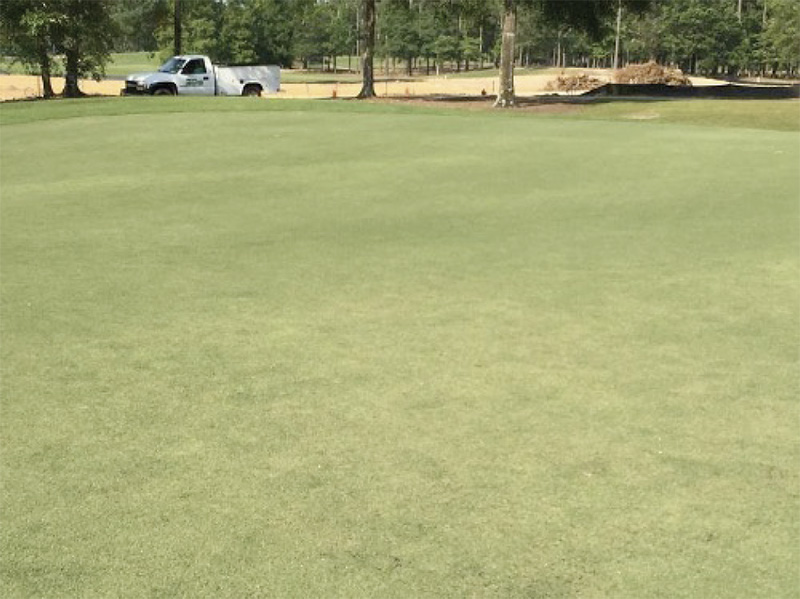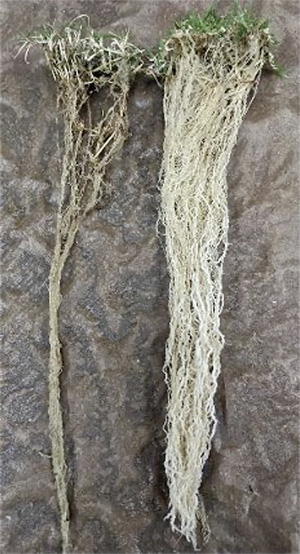June 3, 2025
|
By Adam Gore, Ph.D.

Editor’s note: The following article was supplied by Envu. All product claims, research cited and other information is directly from the company.
Plant parasitic nematodes can be damaging to warm-season turfgrass root systems. Nematode feeding leads to general turf decline and predisposes plants to root diseases like Pythium root rot. Management of nematodes is complicated by the life cycle, feeding patterns and migratory patterns of each species. While there are several species of nematodes that are pathogenic to turfgrass, sting (Belonolaimus spp.), root-knot (Meloidogyne spp.), and lance (Hoplolaimus spp.) often receive the most attention. Successful management of these nematodes is dependent on both cultural and chemical control programs.
Life Cycles and Habits
- Sting nematodes are ectoparasitic (remain outside of the plant) and progress from egg to adult in 18–24 days. Feeding begins on root hairs, moving to root tips as nematodes mature. During summer months, sting nematodes will migrate deeper into the soil profile.
- Root-knot nematodes are sedentary endoparasitic (enter the roots and remain in one place) and are in the soil no more than a few days after hatching. Life cycle averages 21 days. Unlike sting nematodes, root-knot nematodes stay in the upper soil profile all year long.
- Lance nematodes are migratory endo- and ectoparasitic, meaning they are capable of moving within and outside of plant roots. High population growth is observed in late spring to midsummer.

Cultural Management
- Follow best management practices for growing healthier turfgrass, such as raising mowing height, improving sunlight and air movement, as well as maintaining adequate fertilization to avoid nutrient deficiencies.
- Where feasible, do not overseed dormant turfgrass on sites with high nematode populations to avoid providing a food source during winter months.
- Submit nematode samples in spring and fall for identification and population confirmation. Samples should be taken along edges of healthy and declining turfgrass.
- Consider managing all other soilborne root pathogens with a strong fungicide program to prevent a root disease complex.
Envu Solutions
- Indemnify® nematicide provides excellent control of sting and root-knot nematodes. The long residual of fluopyram (active ingredient in Indemnify) provides application flexibility for preventative and curative control. For curative spot treatments, up to 4 applications at the high rate (0.39 oz/1000 ft2) are allowed. Apply with a spray volume of 2-5 gallons of water per 1,000 sq. ft. and irrigate with 1/8 - ¼ inch after application.
- Resilia™ root health solution combines three active ingredients including fluopyram that controls all major soilborne root diseases while also suppressing harmful nematode populations. Resilia applications should be applied prior to any Indemnify application.
- The inclusion of nematicides with varying modes of action, such as Divanem® or Curfew®, in a rotational program can aid in long-term nematode management.
- Unfortunately, no current or pending nematicides have been shown to effectively control lance nematodes in the field. Controlling other species, as well as diseases, may help minimize symptoms from lance.
Need more info? – Follow all label directions. Contact your local Envu Area Sales Manager with questions.
Adam Gore, Ph.D., is a member of Envu Green Solutions Team